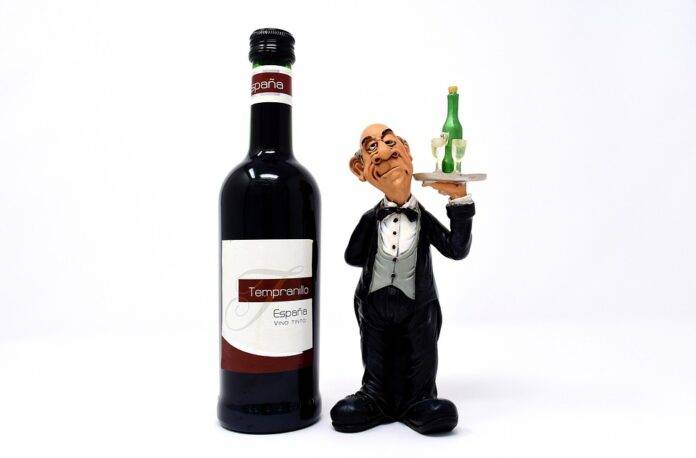Introduction
Tempranillo is a widely grown grape variety in Spain, particularly in regions such as Rioja and Ribera del Duero. This grape is known for producing bold, full-bodied red wines with flavors of dark fruit, leather, and spice. One of the key factors that can influence the structure and complexity of Tempranillo wines is vintage variation. In this report, we will explore how vintage variation affects the characteristics of Tempranillo wines, and the implications for both producers and consumers.
Understanding Vintage Variation
What is Vintage Variation?
Vintage variation refers to the differences in weather conditions during the growing season, which can impact the quality and characteristics of the grapes harvested in a particular year. Factors such as temperature, rainfall, and sunlight can all influence the ripening process of the grapes, leading to variations in flavor, aroma, acidity, and tannin levels in the resulting wines.
Impact on Tempranillo Structure and Complexity
Vintage variation can have a significant impact on the structure and complexity of Tempranillo wines. In cooler vintages, the grapes may struggle to ripen fully, resulting in wines that are high in acidity and lower in sugar levels. These wines tend to be lighter in body and have more pronounced herbal and earthy notes. On the other hand, warmer vintages can produce wines that are riper, with higher alcohol levels and softer tannins. These wines are often more fruit-forward and have a richer, more velvety texture.
Financial Implications
Effects on Production Costs
Vintage variation can also have financial implications for wineries. In years with unfavorable weather conditions, such as frost or hail, yields may be reduced, leading to higher production costs per bottle. Wineries may need to invest in additional resources to mitigate the effects of poor weather, such as installing protective measures in the vineyard or using more advanced winemaking techniques.
Market Demand and Pricing
The quality of a vintage can also impact market demand and pricing for Tempranillo wines. Wines from exceptional vintages with ideal weather conditions may receive higher scores from critics and wine enthusiasts, leading to increased demand and higher prices. On the other hand, wines from challenging vintages may struggle to attract buyers and may need to be discounted to move inventory.
Industry Insights
Adaptation Strategies
To mitigate the effects of vintage variation, wineries can implement adaptation strategies such as diversifying their vineyard holdings across different regions, using modern viticultural practices to improve grape quality, and investing in climate control technologies to protect against extreme weather events. By taking a proactive approach to managing vintage variation, wineries can ensure a more consistent quality of their wines and maintain customer loyalty.
Consumer Education
Educating consumers about the impact of vintage variation on wine quality can also help to build brand loyalty and trust. Wineries can use marketing campaigns to highlight the unique characteristics of wines from different vintages, and offer tasting experiences that showcase the diversity of Tempranillo wines. By engaging with consumers and sharing information about vintage variation, wineries can create more informed and loyal customers.
In conclusion, vintage variation plays a crucial role in shaping the structure and complexity of Tempranillo wines. By understanding the impact of weather conditions on grape quality and implementing adaptation strategies, wineries can navigate the challenges of vintage variation and continue to produce high-quality wines that delight consumers.



